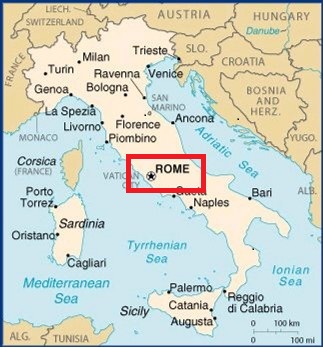Structures
History of Building and Construction
History of Building and Construction
Department
Kansas State University
Building Address
Manhattan, KS 66506
address@example.com
Phone Number
Theatre of Marcellus
Theatre of Marcellus
Hosted Secular Games of 17 B.C.

Located in Rome,Italy
- West of the Capitoline Hill
- Between the Circus Flaminius & the Temple of Apollo Sosianus
Its close proximity to other places of entertainment so it was often encountered by the citizens
Constructed near the closing years of Roman Republic 13 BC
Built by for Julius Caesar - Augustus Caesar
- Theatre is 111 m (364.2 ft) in diameter
- Largest & most important theatre in Ancient Rome
- Orginal Capacity 11,000 to 20,000 spectators
Events
The theater also hosted
- The emperor to address the city population as a whole
- Acts of Pantomime (Roman mime)
- Poetry
- Music recitals
- Plays
Materials
- Majorly composed of Tuff
- Concrete faced withs tones in the form Opus Reticulatum
- Completely sheathed in white Travertine
- Most dateable structure to have used fired Roman brick
The tufa & travertine had a compressive strength & resistance to water absorption helped to increase the sturdiness of the theatre
Architectural Aspects
- Concrete walling
- Barrel vaults
- Rammed wooden piles were tighly grouped to form a cluster to add support underneath concrete foundations
The high-quality mortor often linked with brick & stone compounds which direct heavy loads to supports
Seating
Augutus implemeted a permanent seating law which dictated where a certain social class were allowed to sit
- Tall tiers with only wooden seats were for those with less money & influence
- Lower tiers with stone seats & better view were for higher social class
- Ground level accomodated the general crowd 7 were then broken off into smaller groups to find their correct seat
- Stairs allowed visitors to move through the different levels
Architecture
Exterior
-
Had two superimposed arcades visible even today
- Upper one is now missing
-
Arcades were framed by engaged columns
- Lower level - Doric
- Upper level - Ionic
- Third level- Assuming Corinthian
Varied columns helped to limit the visual heaviness of such a bukly building